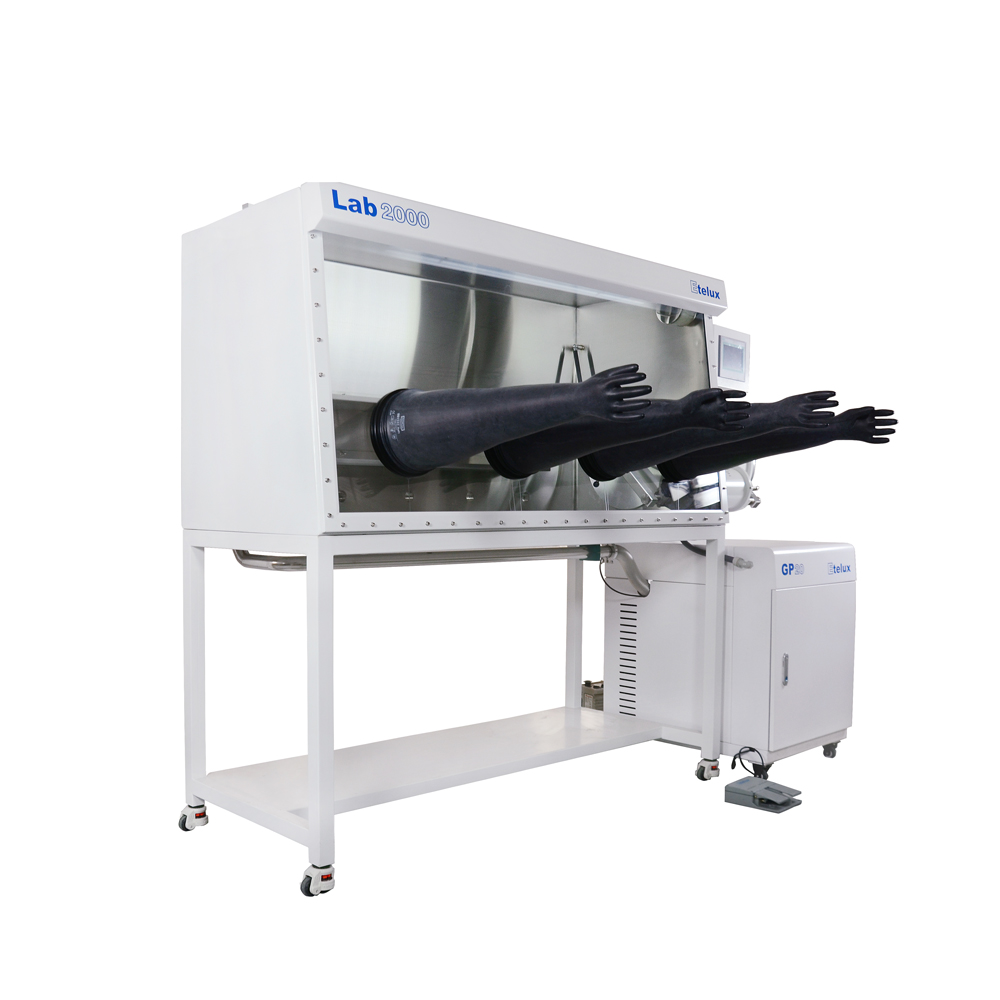Worldwide shipping
Shipping & Returns
Quality assured
Find retail locations
Expert support
For All Your Questions
Fast and secure
For All Your Questions
That is, organic light emitting diode is a new display technology, it has a wide viewing angle (over 170 °), fast response time (one thousandth of LCD), good low temperature performance (normal display at minus 40 degrees), low power consumption Wait. This technology is widely used in car displays, mobile phone displays, etc. With the development of OLED technology, white light OLED has also begun to emerge in the field of lighting, especially in urban lighting, billboards and other industries that have placed high expectations.
In fact, it contains two kinds of small molecule OLED and polymer OLED (also called PLED). The difference between small molecule OLED and polymer OLED is mainly reflected in the different processes of the device: small molecule devices mainly use vacuum thermal evaporation film forming process, polymerization The physical device adopts spin coating or spray film forming process.
The preparation process of OLED devices generally includes: ITO glass cleaning→photolithography→re-cleaning→pretreatment→vacuum evaporation of organic layer→vacuum evaporation back electrode→vacuum evaporation protective layer→packaging→cutting→testing→module assembly→product inspection, etc. The key process is as follows:
(1) Cleaning and surface treatment of ITO glass
The surface state of ITO as the anode directly affects the interface electronic state of the injection and the organic thin film layer and the film-forming properties of the organic material. If the surface of the ITO is not clean, the surface free energy becomes small, which leads to accumulation of materials deposited on the surface and uneven film formation. The surface of the ITO glass must be cleaned and surface treated with UV-O3 or plasma. And the surface of the ITO glass must be processed in a dry or vacuum environment. The processed ITO glass cannot be left in the air for too long, otherwise the ITO surface will lose its activity.
(2) Vacuum thermal evaporation coating process
OLED devices need to evaporate multiple layers of organic films and metal electrodes in a high vacuum chamber. The quality of the film is related to the quality and service life of the equipment. In the metal vacuum chamber, there are multiple evaporation boats for placing metal electrodes. Usually made of molybdenum and tantalum. It is made of a material such as tungsten, and the electrode material is Mg/Ag, Mg: Ag/Ag, Li/Al, LiF/Al, etc., and is generally an active metal using a low work function. The ITO glass substrate was placed on a heated rotating sample holder, and a metal mask placed underneath was used to control the evaporation pattern, and a quartz crystal oscillator was used to control the film thickness.

(3) Device packaging process
Vacuum-deposited organic metal films and metal films are oxidized immediately after contact with water and air, resulting in a rapid decline in device performance. Therefore, avoid contact with air and water. OLED packaging must be completed in an inert atmosphere without water and oxygen. The packaging material includes an adhesive and a covering material. The adhesive is usually a UV curable epoxy adhesive, and the covering material is mainly a glass cover, and a desiccant is added to the cover to absorb residual moisture.
In the OLED production process, all in the clean room, the coating process requires a vacuum environment, and the packaging process requires an anhydrous and oxygen-free environment. Therefore, the glove box is very important in the OLED back-end packaging process. The most important thing is, especially The glove box with particle cleaning function is closely connected with the most important coating machine at the front.
No account yet?
Create an Account